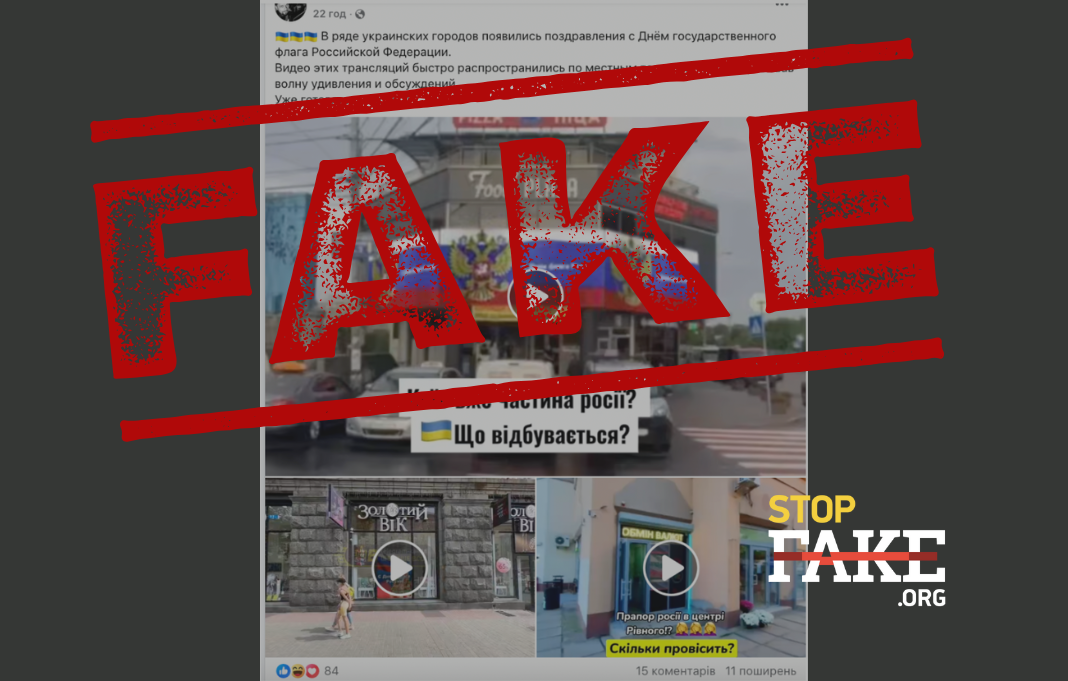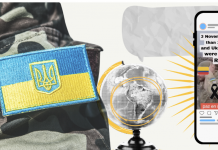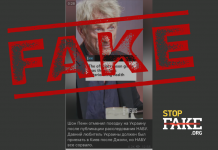Clips featuring these supposed «greetings» have appeared exclusively on Russian state-linked outlets, with no trace on Ukrainian platforms. The footage itself shows clear discrepancies—recycled shots spliced with artificial elements—pointing to manipulation through neural network tools.
Social media users and anonymous Telegram channels have circulated claims that several Ukrainian cities displayed greetings for Russia’s State Flag Day. As supposed evidence, they shared videos allegedly showing Russian flags flashing across advertising billboards in public spaces.
Proponents of the claim argue that the clips spread widely on local Telegram channels, sparking surprise and discussion, and present the imagery as proof that Ukrainians are «waiting» for Russia and embracing such symbolism.
In reality, the claims are false, and the videos were almost certainly generated with artificial intelligence.
For one, reports of such «greetings» appearing in Ukrainian cities on Russia’s Flag Day circulated exclusively on pro-Russian Telegram channels. Assertions that the clips were widely discussed in Ukrainian groups are not supported by any evidence. Using the Osavul monitoring service, StopFake journalists traced the first uploads to two propaganda Telegram accounts—Армия Z | Сводки СВО and VOBLYA • новости—on the evening of August 22. Both posts carried the hashtag #подОднимФлагом, part of a broader Russian campaign encouraging users to share images of their national flag.
No such videos have surfaced in Ukraine’s own online space. Nor is there any credible evidence that Russian symbols appeared on Ukrainian streets on August 22, Russia’s Flag Day. Some of the circulating clips bear the logo of the Telegram channel Швидше всіх, yet no trace of these videos exists on the channel itself. TGStat, a platform that archives deleted and edited posts, likewise shows no record of their publication.
The videos themselves appear to have been generated with AI tools. Verification platforms such as Deepware could not offer a conclusive assessment, largely due to the poor quality of the clips. Still, several anomalies are evident on closer review: the screens displaying the Russian flag shine brighter than the rest of the frame, creating an unnatural contrast. Just as telling, bystanders in the footage show no reaction to the appearance of Russian symbols—an implausible scenario in a country under Russian invasion.
Archival footage was almost certainly repurposed to produce the fabricated clips. In one example, the video purports to show the Food Plaza shopping center on Kyiv’s Vokzalna Square. The scene depicts numerous cars parked in front of the building. Yet in October 2024, traffic patterns in the square were overhauled: rows of road cones were installed near the Food Plaza, and parking in that area was prohibited. The center also now carries an additional sign reading «Pick-up point Auchan.» Neither the cones nor the sign appear in the circulating video, indicating the material was shot before October 2024 and later manipulated to create the fake.
This is how the square looks now.
Propagandists deploy such fabrications to manufacture the illusion that segments of Ukrainian society embrace Russian symbols and welcome Moscow’s return. The circulation of staged greetings and flag displays is meant to project supposed hidden loyalty to the occupiers. The strategy serves a dual purpose: to demoralize Ukrainians at home while showing Russia’s domestic audience a fabricated picture of support for the Kremlin abroad.
StopFake previously dismantled similar disinformation, including claims that residents of Kherson were allegedly «waiting for Russian liberators.»





